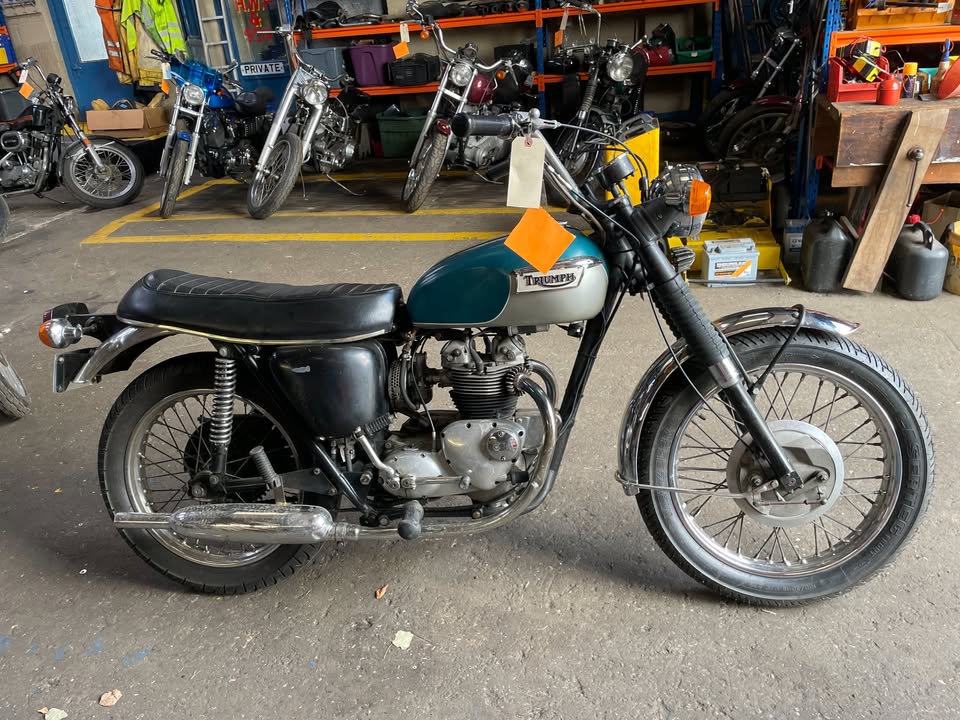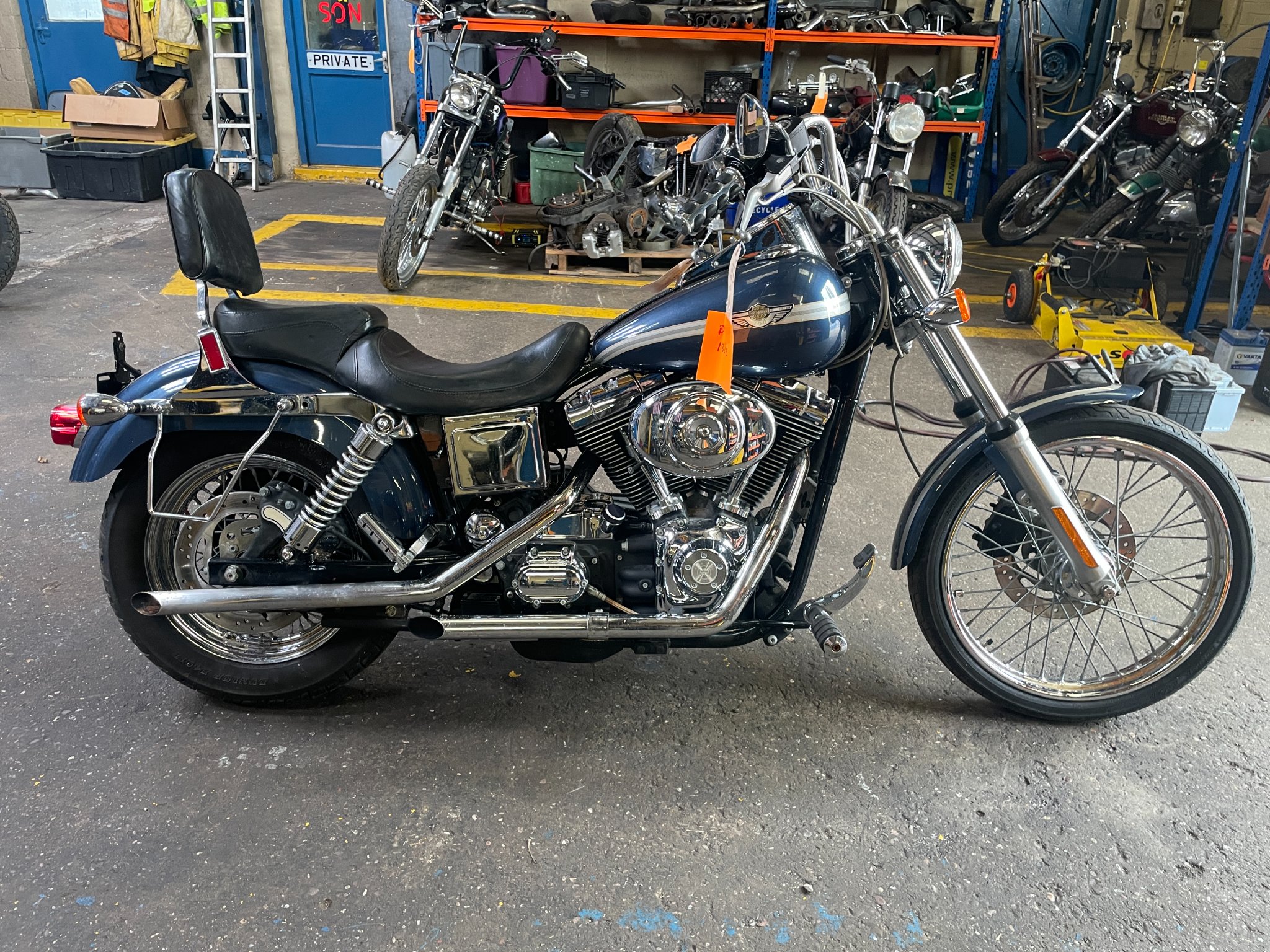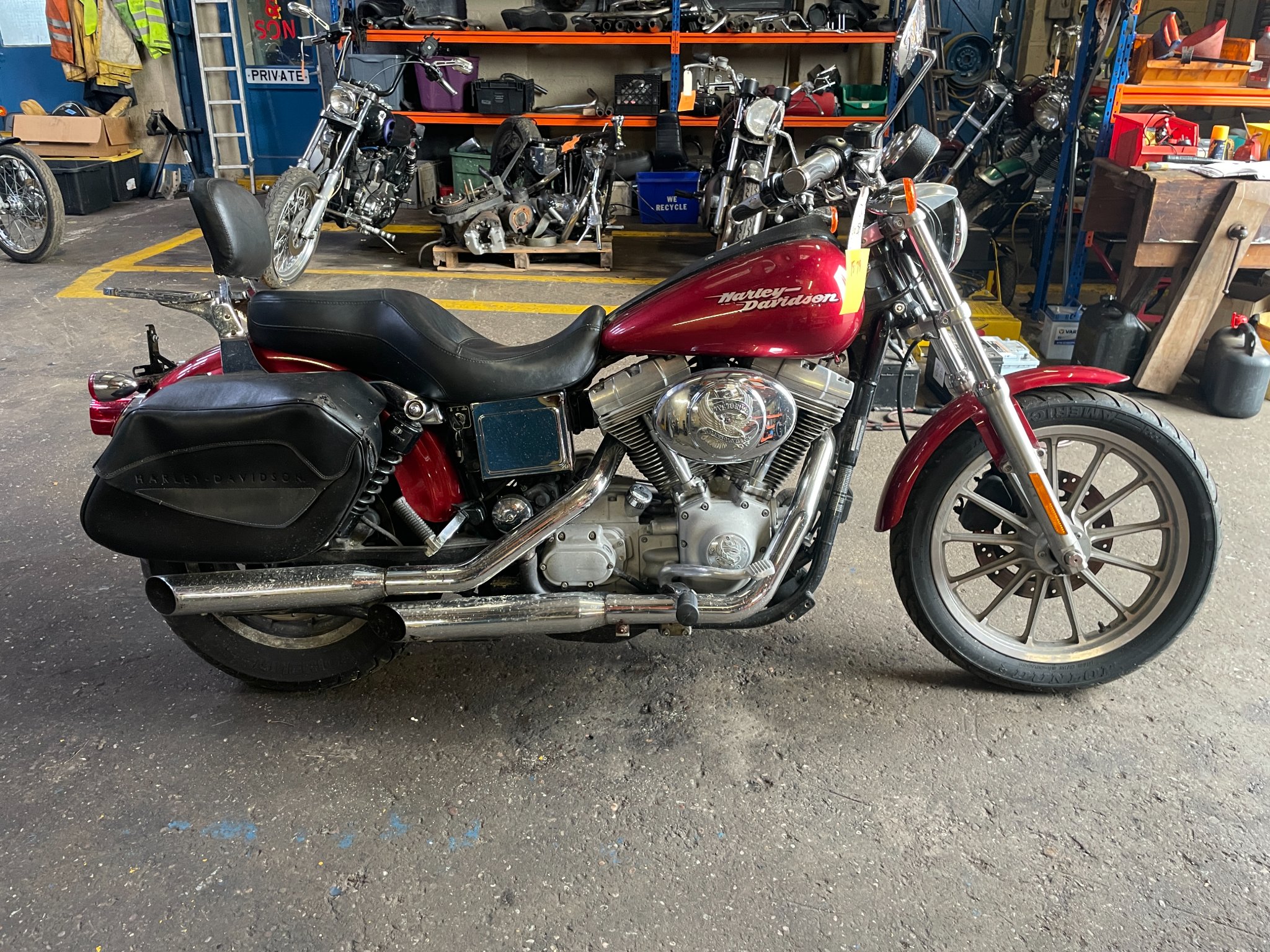Classic and Classy Motorcycles Ltd
Vintage and Classic Motorcycle Importers
1984 Harley Davidson 1340cc Shovelhead Kick and Electric start Re 1519

1984 Harley-Davidson 1340cc Shovelhead: End of an Era with Dual-Start Utility
Historical Context
The 1984 Harley-Davidson 1340cc Shovelhead marks the final production year of the legendary Shovelhead engine, which had been in service since 1966. It was a pivotal time for Harley-Davidson—having just regained independence from AMF in 1981, the company was focused on improving build quality and addressing competition from Japanese manufacturers. The Shovelhead was a workhorse engine, beloved for its rugged styling, unique sound, and mechanical simplicity. The 1984 models were also transitional machines, preceding the introduction of the Evolution engine later that same year. This makes the final-year Shovelheads particularly desirable among collectors and traditionalists.
Technical Specifications and Performance
• Year: 1984
• Make: Harley-Davidson
• Engine Displacement: 1340cc (80 cubic inches)
• Engine Type: Air-cooled, 45-degree V-twin, Shovelhead
• Compression Ratio: 8.0:1
• Carburetion: Keihin carburetor
• Ignition System: Electronic ignition
• Starting System: Kick and Electric start
• Transmission Type: 4-speed manual
• Cooling System: Air-cooled
• Fuel Capacity: Approx. 5 gallons
• Braking System: Disc front and rear
• Wheelbase: Approx. 62.5 inches
• Dry Weight: Around 650 lbs
• Top Speed: Approx. 100 mph
Technical Advancements
Though not radically different from earlier Shovelheads, the 1984 version incorporated subtle refinements to improve durability and performance. It featured improved oil circulation, better electronic ignition, and upgraded electrical components. The dual-start system offered flexibility and reliability—kick-start for traditionalists and electric for convenience. The frame and suspension systems were largely carried over, designed to accommodate the heavier Big Twin motor while offering comfortable highway cruising.
Evolution of the Model
This model represents the tail end of Harley’s Shovelhead lineage before the switch to the Evolution engine. The Shovelhead’s design had evolved from the Panhead, and while visually similar, it included higher capacity heads and valves to increase performance. By 1984, however, the engine was approaching the limits of its development. It was still dependable, but more maintenance-intensive compared to what was coming. Riders who valued tradition stuck with it, especially in custom and bobber circles.
Competitors in the Market
In 1984, the Harley faced stiff competition from Japanese cruisers like the Honda Gold Wing and Yamaha Virago, which offered smoother engines, electric-only start, and more advanced features. However, the Shovelhead’s appeal wasn’t based on modern amenities—it was the visceral experience, the mechanical simplicity, and the deep American roots that kept it relevant. No competitor matched its raw aesthetic or connection to Harley’s heritage.
Legacy and Cultural Impact
The 1984 Shovelhead is now considered a collector's item, particularly due to its place as the last of its kind. It remains a favorite for builders looking to create old-school choppers, bobbers, and custom builds. Its mechanical nature, distinctive engine note, and classic Harley silhouette continue to attract purists. Whether kept original or heavily modified, the 1984 Shovelhead stands as a tribute to an era of American motorcycle craftsmanship now long past.
Find Classic Motorcycles
Stay in the loop - Subscribe for Updates
One email notification a month when a new shipment arrives.
 1971-Triumph-500cc-T100c-Tiger-Ref-1561
1971-Triumph-500cc-T100c-Tiger-Ref-1561 2003-Harley-Davidson-Anniversary-Dyna-Wide-Glide-FXDWG-1450cc-Ref-D1322
2003-Harley-Davidson-Anniversary-Dyna-Wide-Glide-FXDWG-1450cc-Ref-D1322 2005-Harley-Davidson-Dyna-Super-Glide-FXDI-1540cc-88CI-Ref-1579
2005-Harley-Davidson-Dyna-Super-Glide-FXDI-1540cc-88CI-Ref-1579